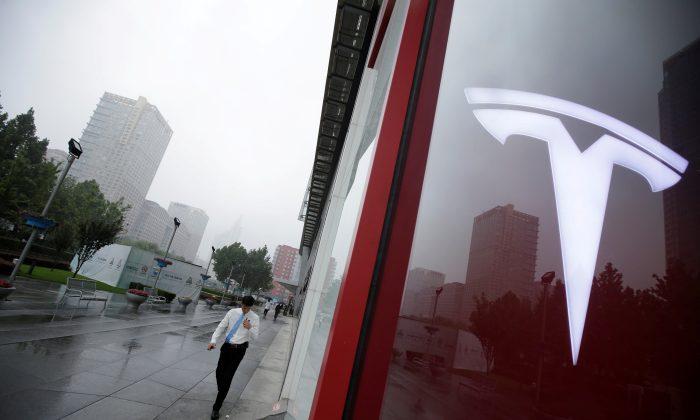Commentary
The $369 billion plan of climate and energy spending in the Inflation Reduction Act is highly likely to heighten Inflation, at least in the medium term, which goes against the original intention of the Reduced Inflation Act.
President Joe Biden signed the Inflation Reduction Act on
Aug. 16, 2022, which contains a $369 billion investment scheme in energy security and climate change, the single biggest climate investment in U.S. history. It includes tax credits and incentives for renewable energy projects, which will boost the investment of renewable energy and accelerate the energy transition.
However, a rapid energy transition from fossil fuel to renewable resources will not only drive up the prices of both metals and minerals that are essential to solar panels, wind turbines, and electric vehicles, but also put upward pressure on fossil fuels prices, a key contributing factor to the headline inflation, owing to a strong demand and tight global supply.
People may argue the energy transition will drive down the demand of fossil fuel. That’s probably true when energy transition has been completed. However, in the transition period that may last for decades, fossil fuel, which met
79 percent of the United States’ primary energy consumption in 2021, will play a critical role in safeguarding a stable energy supply.
This is because the power generation volume from wind and solar power are affected by the intermittency and seasonality of their resources. The output of wind power is limited when there is no wind. So is solar power at night. Power storage facilities may, to some extent, be a solution, but add to the total energy cost. Under extreme weather conditions, heavily invested renewable energy becomes unreliable. The rolling blackouts of California in 2020 illustrate the consequences of over-reliance on renewable energy.
Increasing intermittent renewable energy also challenges the grid’s reliability. Most transmission and distribution networks transmit power in the form of alternating current (AC), and maintaining a
stable frequency is critical to the safe and reliable operation of the infrastructure. Rising contributions from wind and solar energy in the power system make it more difficult to achieve frequency stability. This is one of the key reasons for grid facility upgrade, which also adds to electric bills.
In terms of supply, many oil and gas companies have cut their upstream investment under a backdrop of global energy transition. Fossil fuel projects are finding it more and more difficult to access banks and capital markets and are also highly likely to be challenged by environmentalists. Lack of investment, together with the Russia–Ukraine war and pent-up demand have resulted in soaring energy prices, especially gas prices.
“While in the past energy prices often fell as quickly as they rose, the need to step up the fight against climate change may imply that fossil fuel prices will now not only have to stay elevated, but even have to keep rising if we are to meet the goals of the Paris climate agreement,” said Isabel Schnabel, an influential member of the executive board of the European Central Bank, in January, according to
Bloomberg.
Global energy prices surged in 2021 with UK natural gas spot price and oil prices up by over 350 percent and 70 percent, respectively, according to
BP statistics. Energy prices continue to increase in 2022. The Brent crude oil price hiked to
$122.71 per barrel in June 2022 from
$86.51 per barrel in January 2022. Although it fell in July and August as recession worries grew, this might be temporary. The U.S. Energy Information Administration (EIA) forecasts the spot price of Brent crude oil to average
$104.78 per barrel in 2022, 47.8 percent higher than 2021. U.S. residential natural gas is also expected to rise to
$14.56 per thousand cubic feet in 2022 from
$12.27 per thousand cubic feet in 2021, according to EIA.
High energy prices push up the electric bills. EIA expects average residential electricity prices to further rise to
14.6 cents per kilowatt-hour in 2022, from
13.72 cents in 2021 and
13.16 in 2020. The faster we transfer to renewable energy, the more expensive it becomes.




Friends Read Free